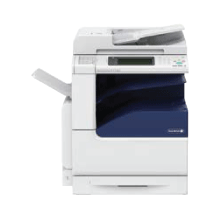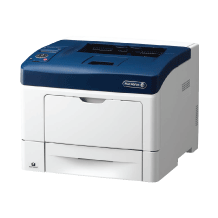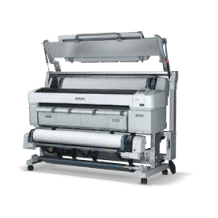
Managed Print Solution
No matter how big the business, with the correct printing strategy you can actually save.
Your Managed Print Solution
We provide tailored solutions to meet and exceed your needs in Print, Scanning, Faxing & Photocopying along with in depth software solutions which will save you time & money through improving your current business processes with scanning, document management & cost recovery solutions.
Our commitment to providing excellent customer service, our passion for technology and best practice processes has made us one of the largest regional FujiFilm Business Innovation Australia dealers in Australia. This has been recognised by winning multiple coveted awards from FujiFilm Business Innovation Australia.
Our Partnership with FujiFilm Business Innovation Australia started in October 1982 when we became the first FujiFilm Business Innovation Australia Dealer in Australia. We attribute our success with FujiFilm Business Innovation Australia to the high standards of their FujiFilm Business Innovation Australia Team – both sales and technical. FujiFilm Business Innovation Australia is Australia’s market leader.
Why NQBE?
What sets NQBE Integrated I.T apart from other Print Service providers?
-
We provide an obligation free business analysis to show you how you can save
-
Over 35 years' experience, we are experts in what we do
-
We are a one-stop-shop, providing innovative solutions in Print, IT and Telephony
-
We are and have always been locally owned and operated
-
We provide tailored solutions to businesses across all industries
-
We operate in a environmentally responsible way

Flexibility
Give your office the flexibility of printing, working and collaborating from anywhere.

Cost
Pay nothing upfront, reduce your operational expenditure and pay only for what your business needs

Control & Efficiency
Optimise your fleet and monitor & control exactly who, what and how much is being printed.
Our range of devices
NQBE Integrated IT is the Mackay, Whitsundays & Bowen Basins only Authorised FujiFilm Business Innovation Australia Dealership. We offer a wide range of print devices from desktop printers to Office Photocopiers and Digital Production Presses. We engage with our customers to tailor suit a solution to their current and future needs.
LET'S CHAT
Whether you're interested in how a managed service can help your business, you've seen us out in the community, have a complaint or something to praise, we would love to hear from you.











